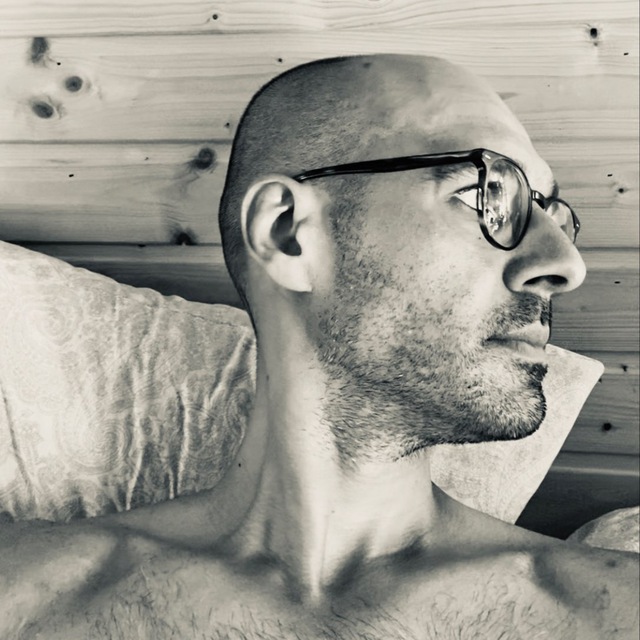The Agora is a Database of Wisdom
Check out our elevator pitch or Sign in
Check out our elevator pitch or Sign in
Blackboard
See what's happening in the agora
Groups
Topics
All Topics
The Universal Life Force – Reconciling Chi, Prana, and Zero-Point Energy
0
0
The Science and Philosophy of Ether, the Spherical Cosmos, and the World Soul
0
0
The Engineering of Spacetime: An Analysis of Torsion Physics, Nazi-Era Research, and Ancient Symbology
0
0
On Reality and Theories of Everything
0
0
Viktor Schauberger & Implosion, Cymatics & Free Energy
0
0
Next time someone tells you the aether isn't real...
0
0




Relates to:
https://www.theagora.space/blackboard/70